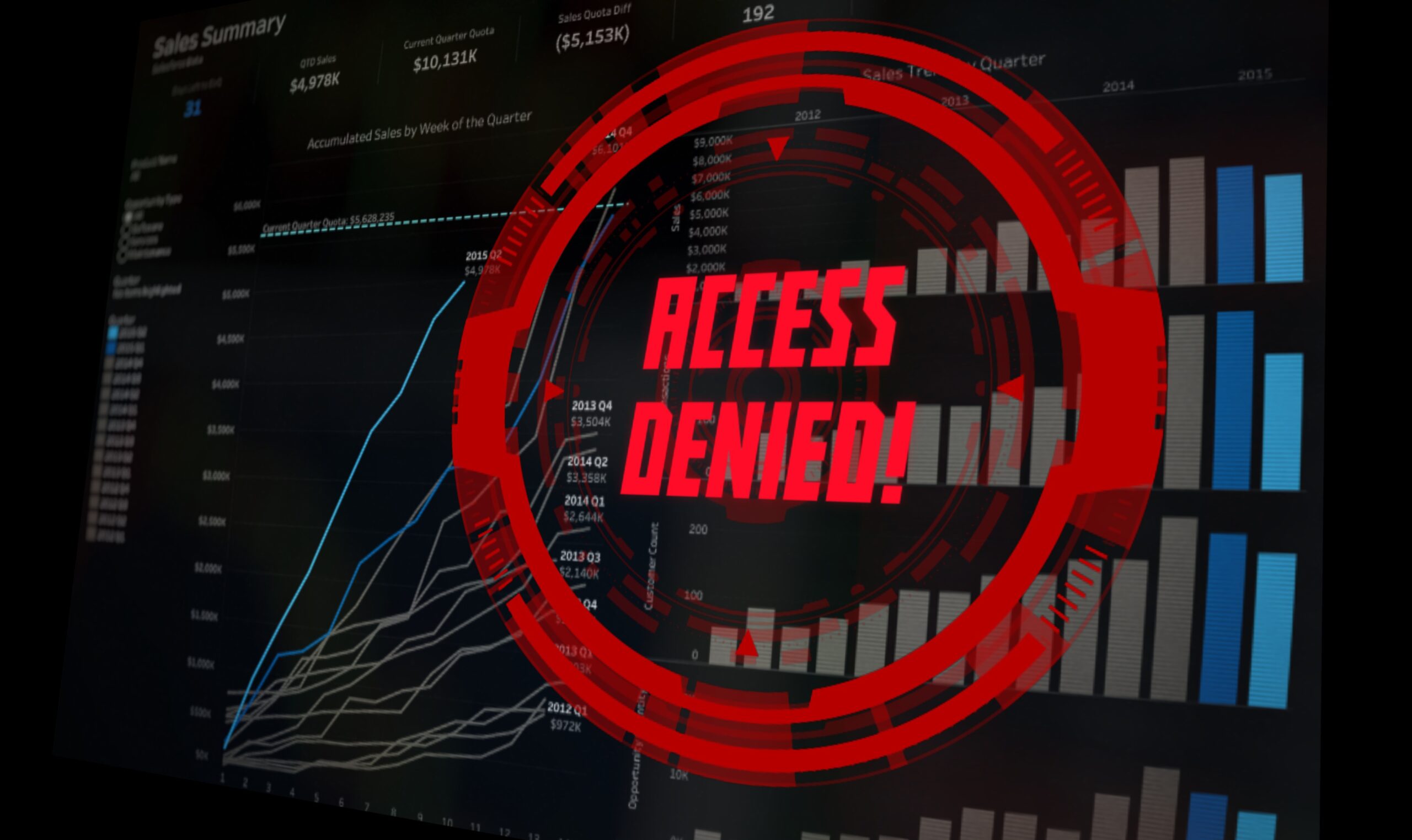Local councils encouraged to share guidance
Credit: Adobe Stock
A new “plain English” guide to 5G has been published by the government in an effort to dispel conspiracy theories that the technology can harm people’s health.
Local authorities are being encouraged to “answer questions and manage any concerns around the health implications of 5G” amid a push to expand the use of the high-speed infrastructure.
The next-generation network has been the subject of a spate of online conspiracy theories in recent months, with the misinformation leading to masts being vandalised and false links being drawn between the technology and the coronavirus pandemic.
Earlier this year, Downing Street hit out at a “crazed conspiracy theory” linking Covid-19 with 5G, while digital secretary Oliver Dowden has urged social media firms to take tougher action against inaccurate claims made on their platforms.
Ministers are now calling on councils to share new guidance on the “safety and benefits of 5G” so that they can “give people the facts and tackle disinformation about this revolutionary mobile technology”.
Related content
- Digital minister: ‘There is no convincing evidence that 5G is dangerous’
- ‘Crazed conspiracy theory’ – Downing St says 5G vandals are endangering lives
- 5G will have ‘no negative effects on public health’, says digital minister
Digital infrastructure minister Matt Warman said: “Councils have a vital role to play in the rollout of digital infrastructure and while there is good work going on up and down the country, there is more we can do. I’m writing to local authorities with new guidance and advice to help them break down some of the barriers to rollout and give them the tools they need to quell quack theories about 5G.”
It comes amid a wider push from the government to boost high-speed internet coverage, with local authorities also being urged to make it easier for telecoms companies to secure rights to install infrastructure on public sector land and buildings.
Councils are obliged to get “best value” when agreeing access to land.
But the government, which has updated its guidance to local authorities, wants them to take “non-monetary benefits such as enhanced connectivity for residents to work from home and SMEs to trade online” into account as well.
Responding to the announcement, Labour’s shadow digital minister Chi Onwurah said the government had “watered down” its ambitions to expand high-speed internet infrastructure.
“We welcome the government’s moves to tackle the dangerous misinformation about 5G and the coronavirus which is putting lives at risk,” the opposition frontbencher said. “But sadly, this guidance will not solve the problem without the government doing what is needed on the online harms bill to tackle misinformation on social media.”
She added: “Under the Conservatives, we’ve lost a decade of investment in our telecoms infrastructure – evident to so many people struggling to work from home with an outdated system. Boris Johnson originally promised to upgrade every home in the country to full-fibre broadband by 2025, but he’s now watered down his pledge and is promising only ‘gigabit-capable’ broadband – a lower standard.”
Guidance released by Public Health England last year said that while it was “possible that there may be a small increase in overall exposure to radio waves when 5G is added to an existing network or in a new area”, levels would remain “low relative to guidelines and, as such, there should be no consequences for public health“.



